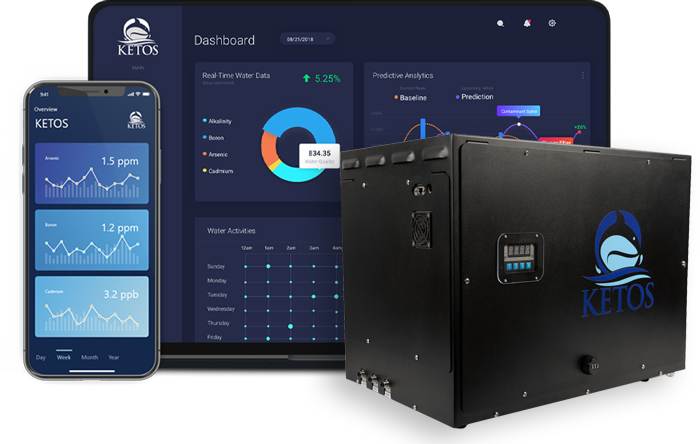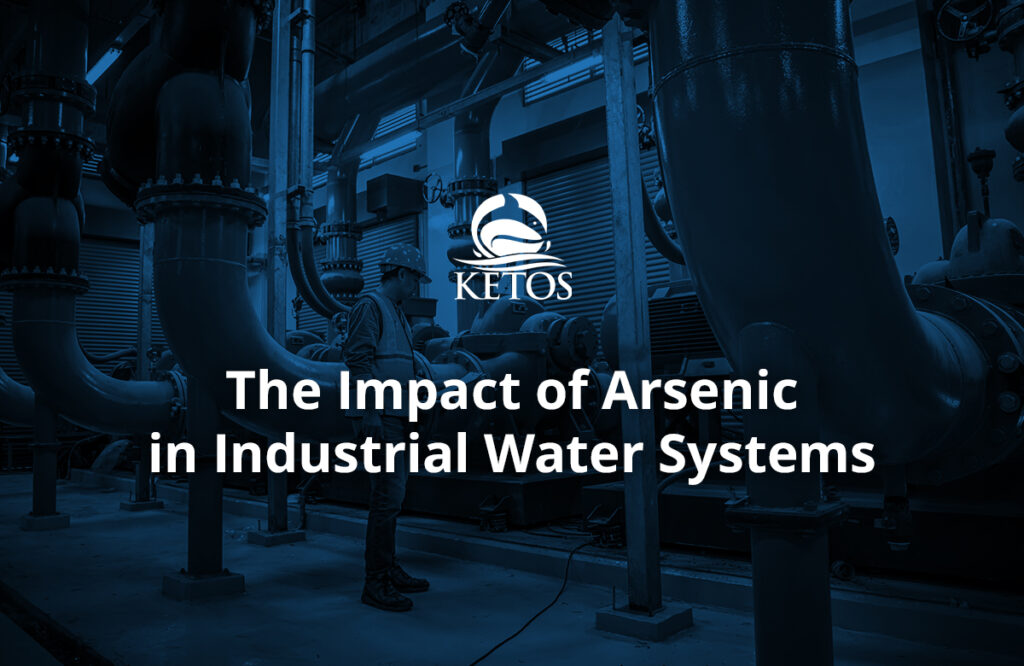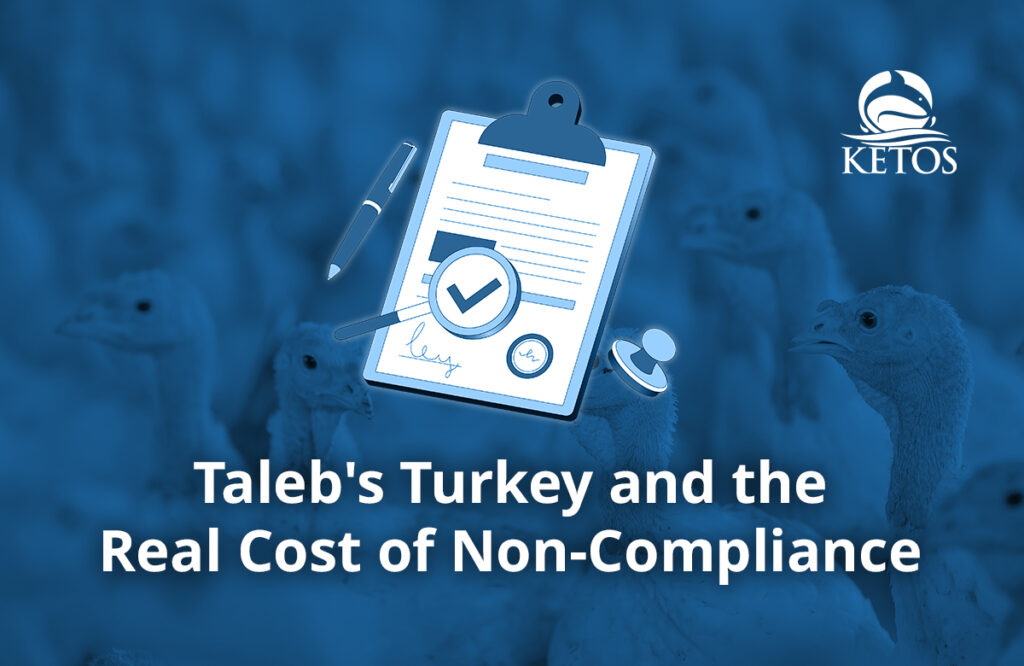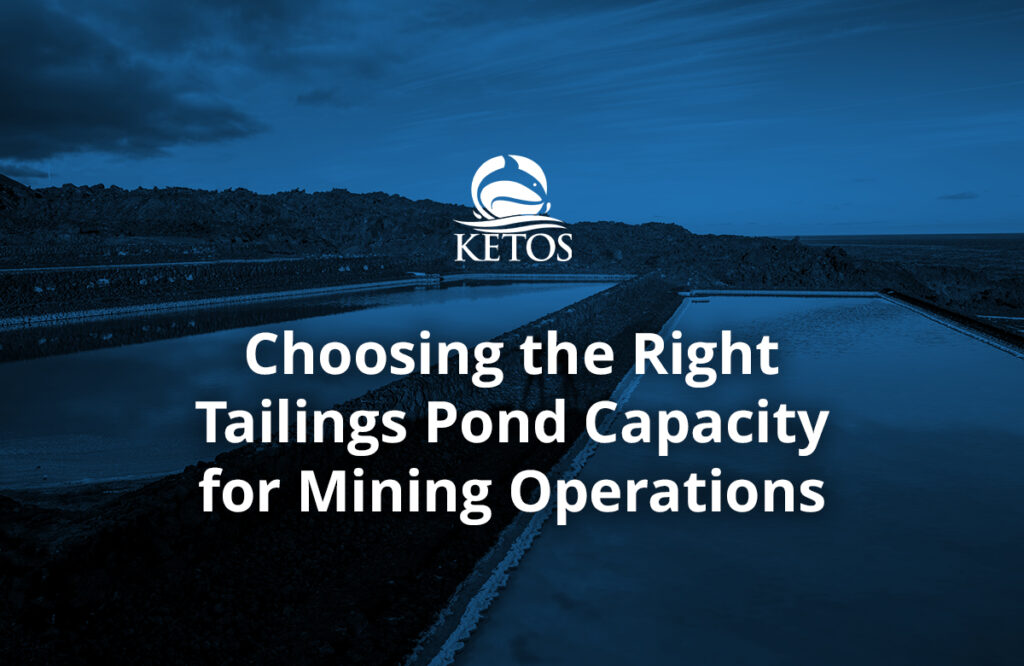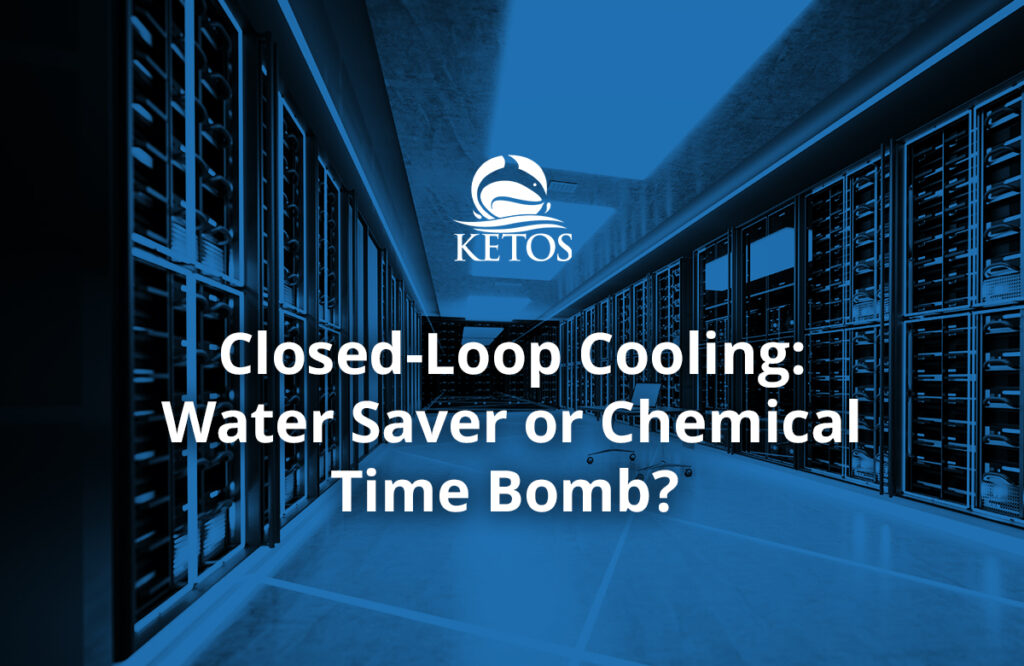The digitization of data has far-reaching applications, and water utilities stand to benefit. With many emerging technologies gaining traction in the private sector, investors and the public sector have also taken notice.
There are many ways water utilities can stand to benefit from water technology, and the key areas currently getting disrupted include:
- Monitoring (via IoT and sensors)
- Data management (collecting, collating, and disseminating KPIs and raw information into digestible, actionable insights)
- Asset management (the streamlining and management of existing and future infrastructure)
The companies getting the most traction are also those addressing the most significant challenges. For example, digital solutions that can solve big problems (or even multiple smaller ones) are very attractive to water operators that often work within the constraints of small budgets and limited personnel. With that in mind, many technologies targeting water utilities are working on making flexible solutions with even more flexible price points.
Can Digital Water Solutions Make Water Utilities More Resilient?
An ongoing and growing challenge for many water utilities is the fact that aging infrastructure is dovetailing with the lack of water availability. The southwest is facing a historic drought, for example, with many communities faced with the reality of having to conserve and prioritize water supplies – to learn to do more with less. Elsewhere, infrastructure is struggling with legacy lead pipes that require removal. Newly discovered forever chemicals also suggest new challenges are on the horizon regarding the detection and removal of specific contaminants.
In short, water operators must do more with less. However, digital water solutions offer a new way to build resiliency into existing infrastructure and help operators better perform with more robust, accurate, and immediate data that can help dictate where, when, and how to treat water.
What Water Utilities Can Expect in the Next 3-5 Years
In the next three to five years, utilities are really going to step up, looking for technologies that can help them navigate their current challenges. These include:
- Their workforce
- Their supply chains
- How to redirect funds on capital investment efficiently
- Leveraging existing data using machine learning and AI
- More emphasis on sensors and IoT
Part of the journey isn’t just updating infrastructure and old processes. Instead, water utilities want technology that can help them be smarter and more aware in order to manage their water, quality, and compliance in the most effective way.
Utilities want to know what’s happening in their systems and will be seeking ways to visualize events so that they can better manage their water efficiently and in real-time.
Over the coming years, likely, there will be a shift in awareness of just how central technology will be to help visualize and inform based on up-to-date data and KPIs. As more utilities adopt and welcome innovative solutions, AI and machine learning will grow in importance in organizations and ultimately allow water operators to start to look forward toward predictive and prescriptive actions instead of backward with a find and fix mentality.
Other capabilities of emerging technology water operators are likely to gravitate towards in the coming include:
- Plug and play operability
- Battery-powered and solar (for remote locations or service continuity strategies)
- Interconnectivity/interoperability
- Flexible communication (via satellite, cellular, et cetera)
- Multi-parameter capabilities
- Scalability
These capabilities are attractive as they allow flexibility and resiliency (important or must-have factors for most water operators). They also introduce the ideal of modularity, giving water operators the room to scale and grow over the coming years or decades without being constrained as their priorities shift over time.
Dealing With Obstacles While Transitioning to Water Resiliency
Water utilities may have a variety of obstacles to transitioning to digital solutions that help build resiliency into processes. For example:
- The industry has an older workforce that is not necessarily digitally native. Many have concerns about how to transition to advanced technology when lacking the personnel to shepherd the transition.
- Municipal budgets are often constrained and limited.
- With aging infrastructure, water operators are often more focused on fixing immediate problems (like dealing with a water main break or removing lead pipes) than considering how to manage future issues further down the line.
- New infrastructure additions have traditionally been expensive and often have required re-imagining existing infrastructure to fit in new solutions.
- New additions of tracking tools mean a new source of data, which means capturing more data, which often means monitoring one more data silo.
While getting stakeholder buy-in is necessary, a water utility simply won’t be able to adapt if they can’t afford to buy into the change. That’s why many emerging solutions aren’t just disrupting processes – they’re disrupting how a utility can access new tools as well.
Solutions such as KETOS, for example, mirror the SaaS approach of other technology companies in different sectors and provide a PaaS (Platform as a Service) pricing model that gives water utilities everything they need to monitor for 30+ parameters under one low monthly fee.
For water operators, that means not having to go to stakeholders or municipal budget offices to fight for sizeable up-front infrastructure funds. The solution is self-cleaning and self-calibrating. Monitoring and maintenance are also covered by trained KETOS technicians, meaning no extra personnel will be required to manage the on-site equipment. With accessible, customizable dashboards built to showcase each utility’s KPIs and threshold-based alerts programmed right into the system, a utility will no longer have to ship off raw data to third-party labs or data scientists to understand the state of their water and infrastructure.
Cost savings are evident across the board, making the solution easy to implement and very attractive to water operators nervous about exploring digital solutions with municipal funds.
KETOS: Delivering Digital Water Transformation to Water Utilities
KETOS answers a water operator’s need for flexibility without the traditional assumption of adding undue burden onto constrained budgets. While being budget-friendly (by offering a $0-CAPEX PaaS payment model), its water monitoring technology is also:
- Interoperable (can communicate with other systems, including SCADA, to help centralize data)
- monitors for 30+ parameters (including environmental factors and heavy metals)
- Is easily customizable (set your own threshold alerts and follow your desired parameters)
- Leverages AI and machine learning to allow water operators to take prescriptive steps instead of a reactive one
- Can help cut down on chemical usage (with real-time lab-accurate readings)
- Modular (place each hardware unit strategically across operations, including at influent and effluent points)
Results are recorded and stored in one central location for easy access, and data presents visually, removing the need for third-party labs or data scientists. With KETOS, water operators can see the state and composition of their water, monitor for environmental changes, and act accordingly to save time and money while protecting water supplies and existing infrastructure.
Learn More About How Water Utilities are Reacting to Water Technology
Recently, KETOS CEO Meena Sankaran sat down with Isle Utilities Inc. President Cristina Ahmadpour to discuss water utility technology trends. Listen in on their conversation surrounding how technology can shape utilities and how some organizations are addressing obstacles in the market by viewing the entire webinar here.
